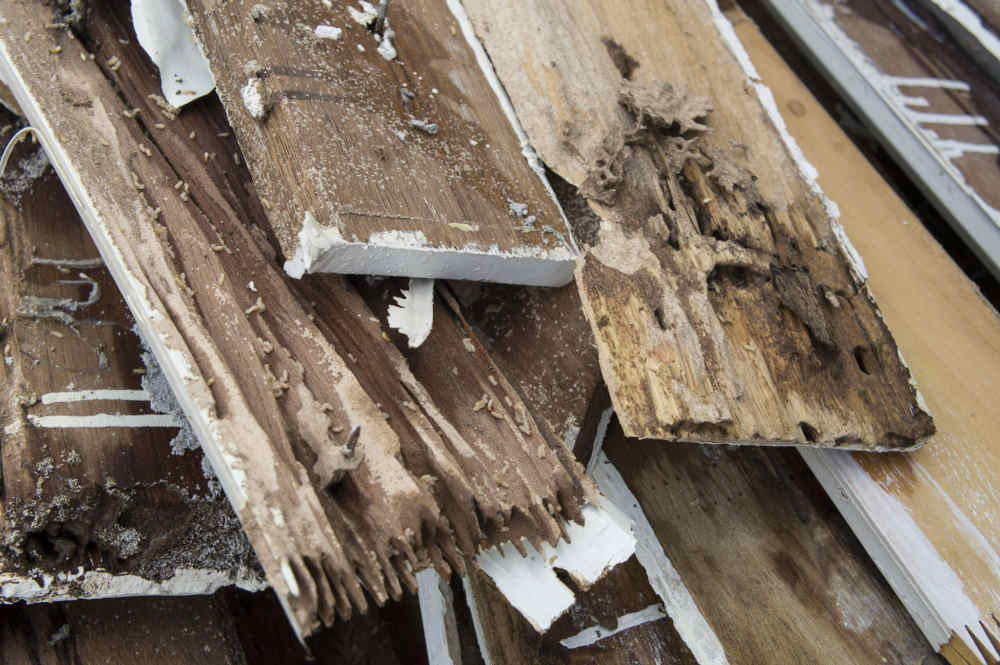Where Do Termites Live?
Termites live in just about every geographic subsection of Arizona. Some species, including drywood and dampwood termites, tend to live in undeveloped areas that harbor large reserves of woody plant material. For instance, the former tend to live at lower elevations and use fallen or living wood from endemic plant species as fodder. The latter prefer the more humid conditions found at elevations above 4,000 feet.
Meanwhile, subterranean termites are particularly problematic for homeowners in Arizona. Although formosan subterranean termites are increasingly common across the desert Southwest, the variety that’s most common in our state is called the arid-land subterranean termite. It lives in large, completely underground colonies that thrive in moist soils.
How Do Termites Get Into Your Home?
Subterranean termites are responsible for about 95% of all termite-related damage in the United States. They typically enter the home via piles of stacked wood or other plant materials near the foundation of the house. However, they can access basements and structural supports through long, narrow shelter tubes that connect the colony with other underground points or the surface itself.
Signs of Infestation
If you’re worried that termites may be knocking at your door, look for clear signs of infestation:
- Shelter tubes with exit points at the surface near your house or in the house itself
- Damaged wood, which may be evidenced by hollow-sounding supports, holes in the walls or structural supports, sagging beams and sloping floors
- Large numbers of winged termites near your home
Your Trusted Source for Termite Control in Tucson and Phoenix
Although this handy guide may help you figure out which termites are most likely to be found in your backyard, it can’t get rid of them on its own. Once you’ve determined that you have a termite infestation and noted any evidence of its progression, it’s important that you consult with a professional who can assess the damage and take steps to mitigate it. To learn more, request a quote today.
